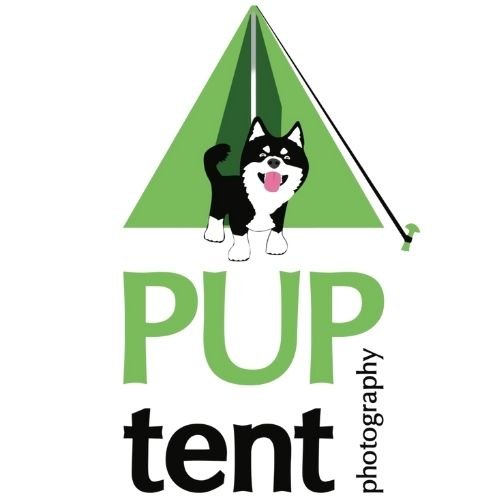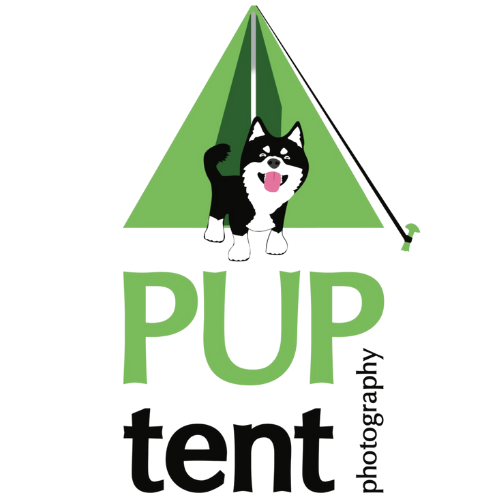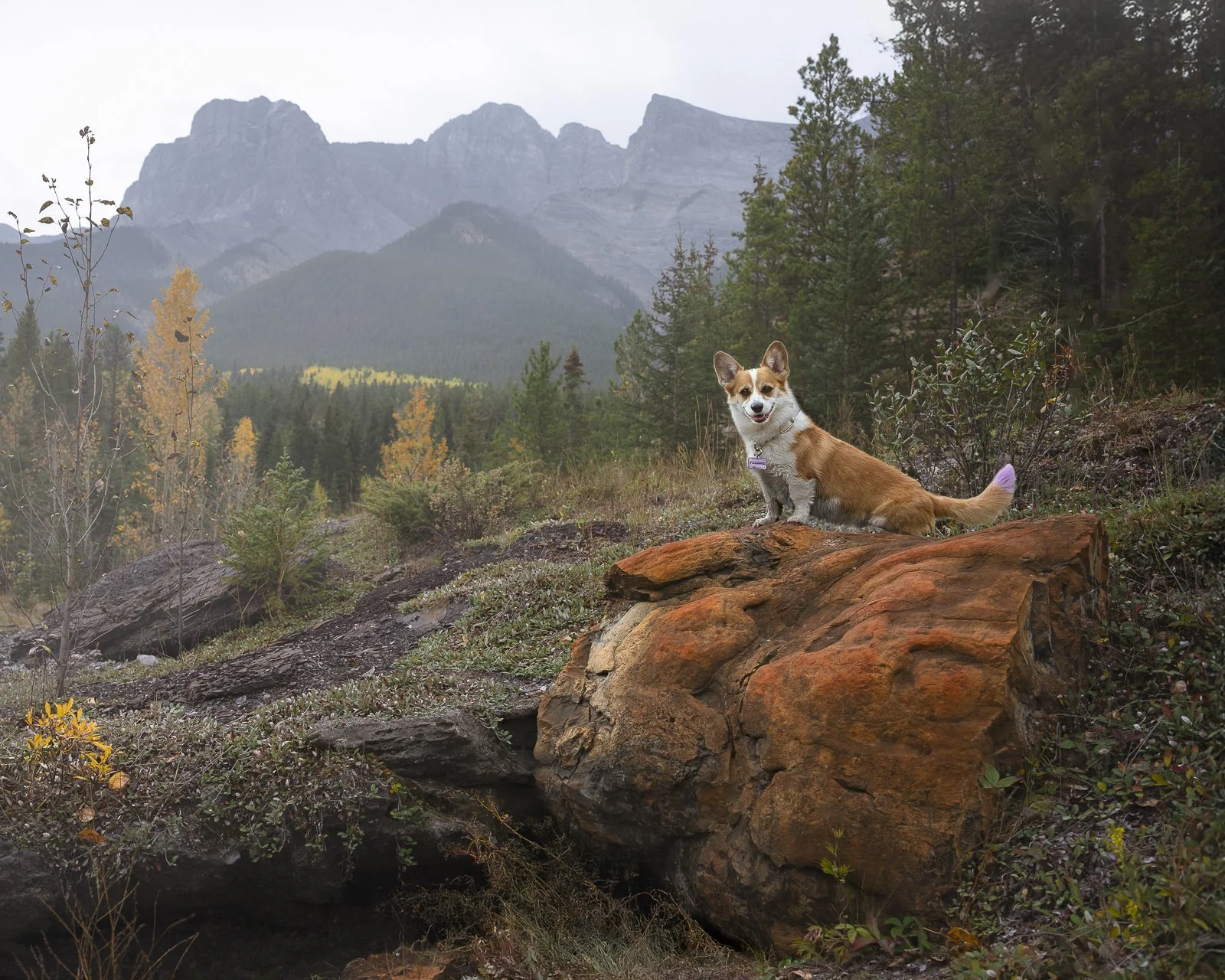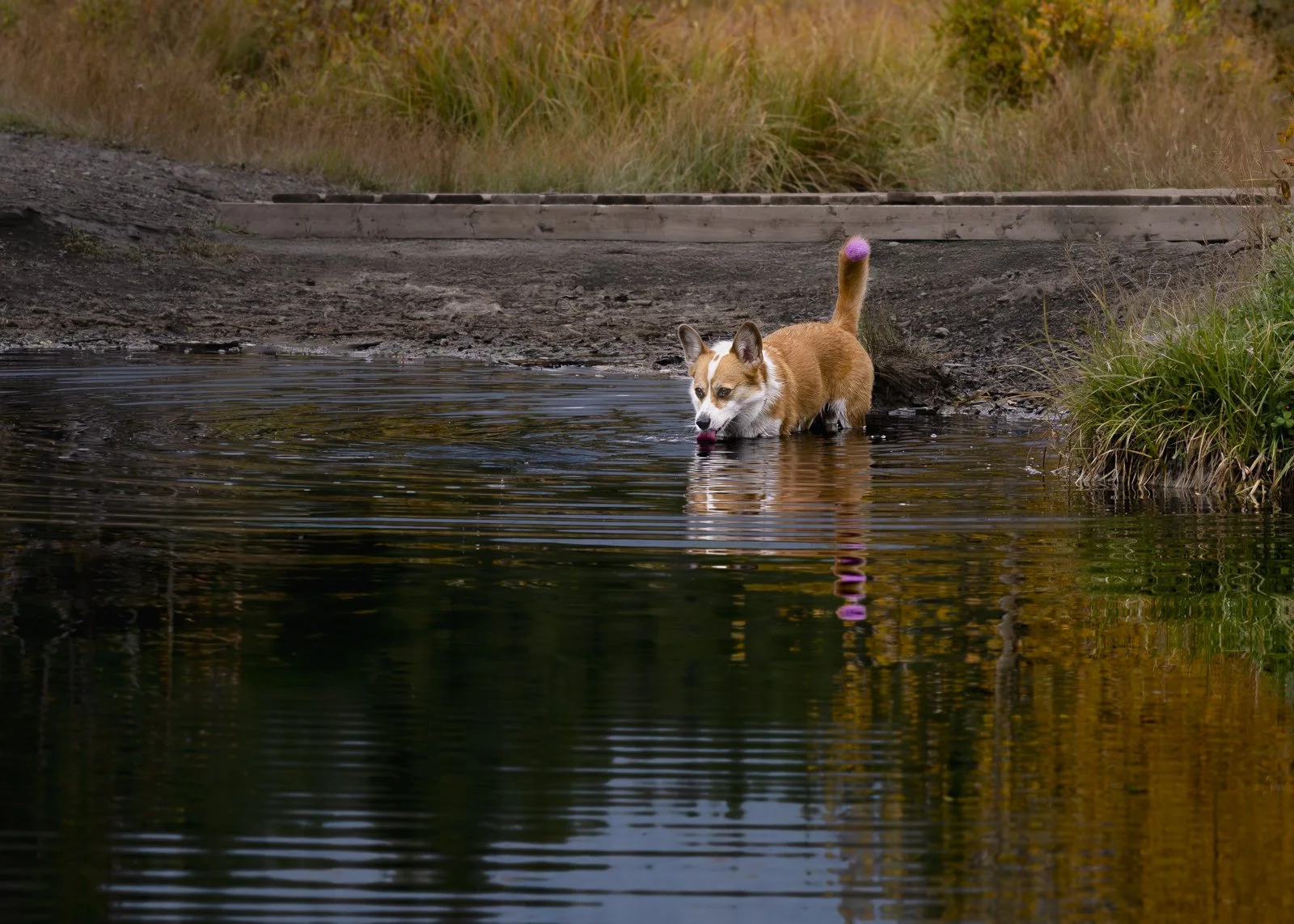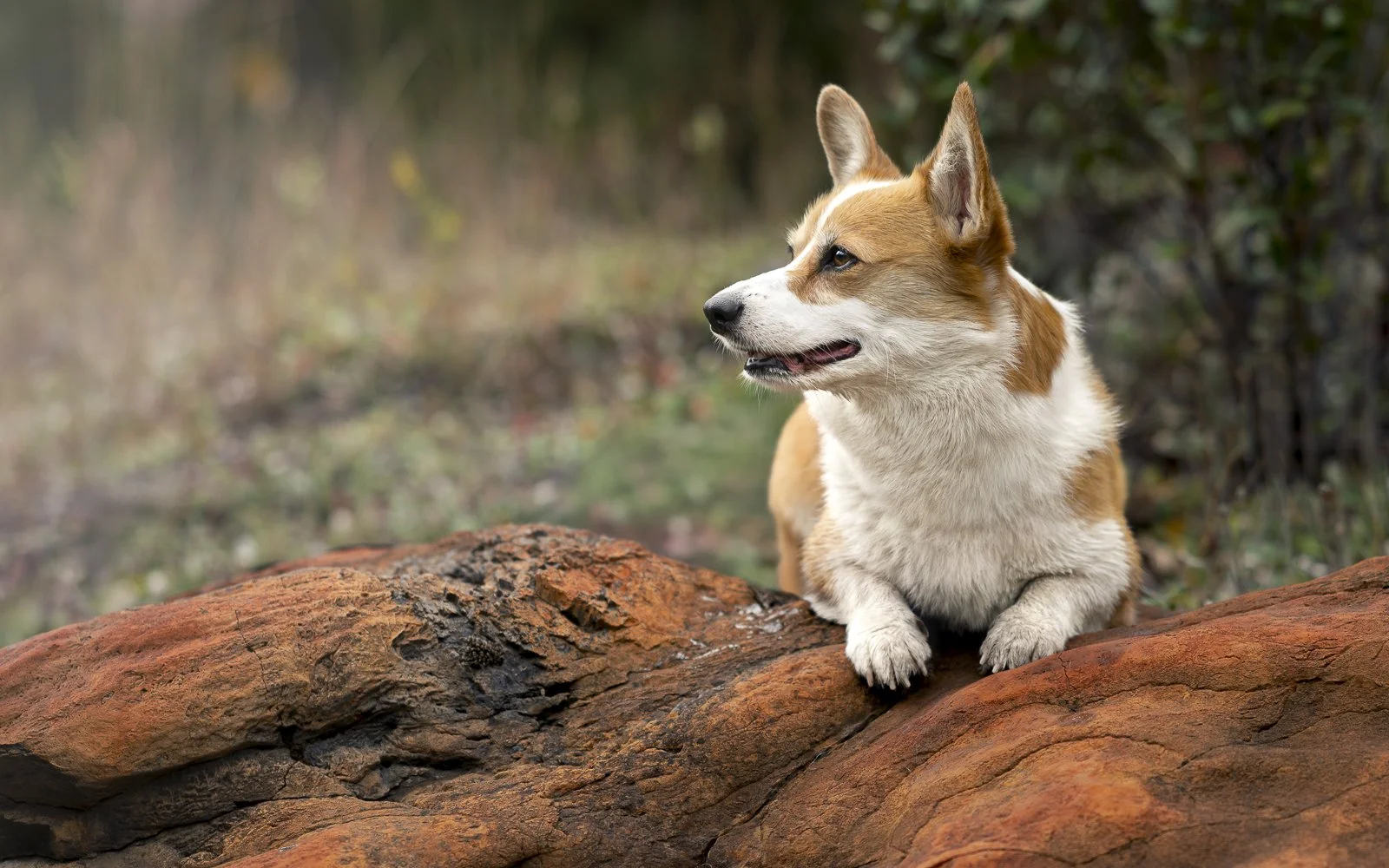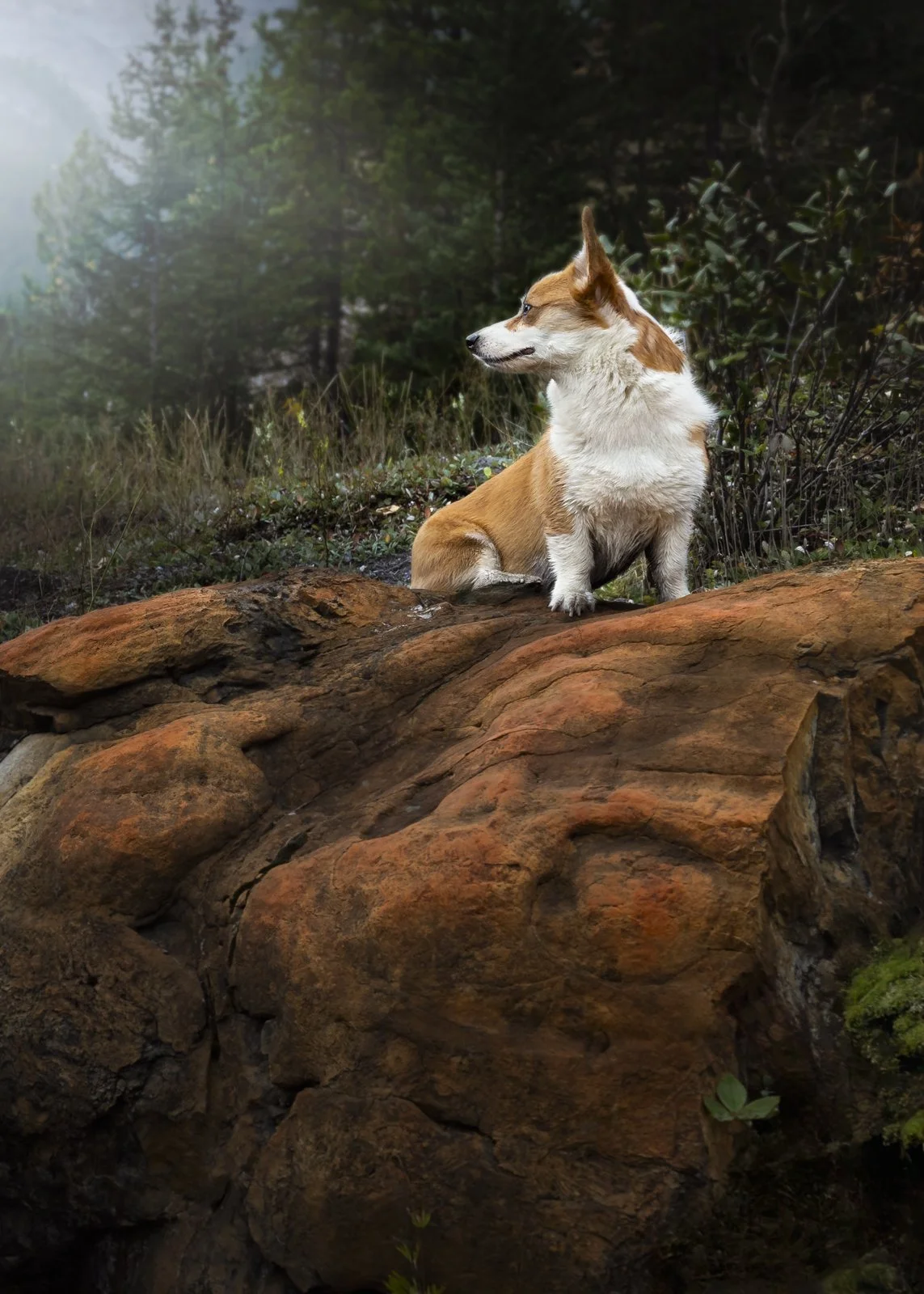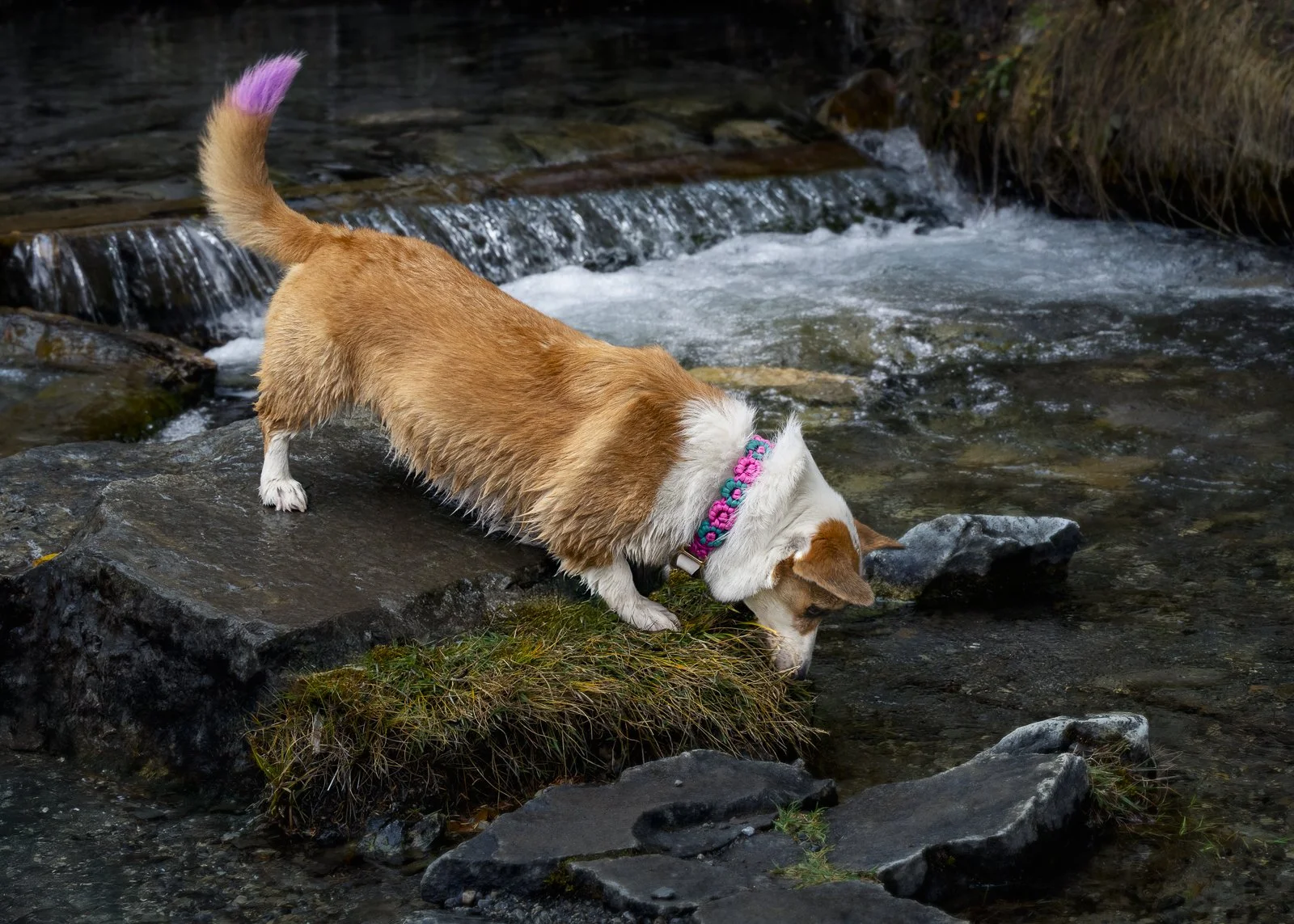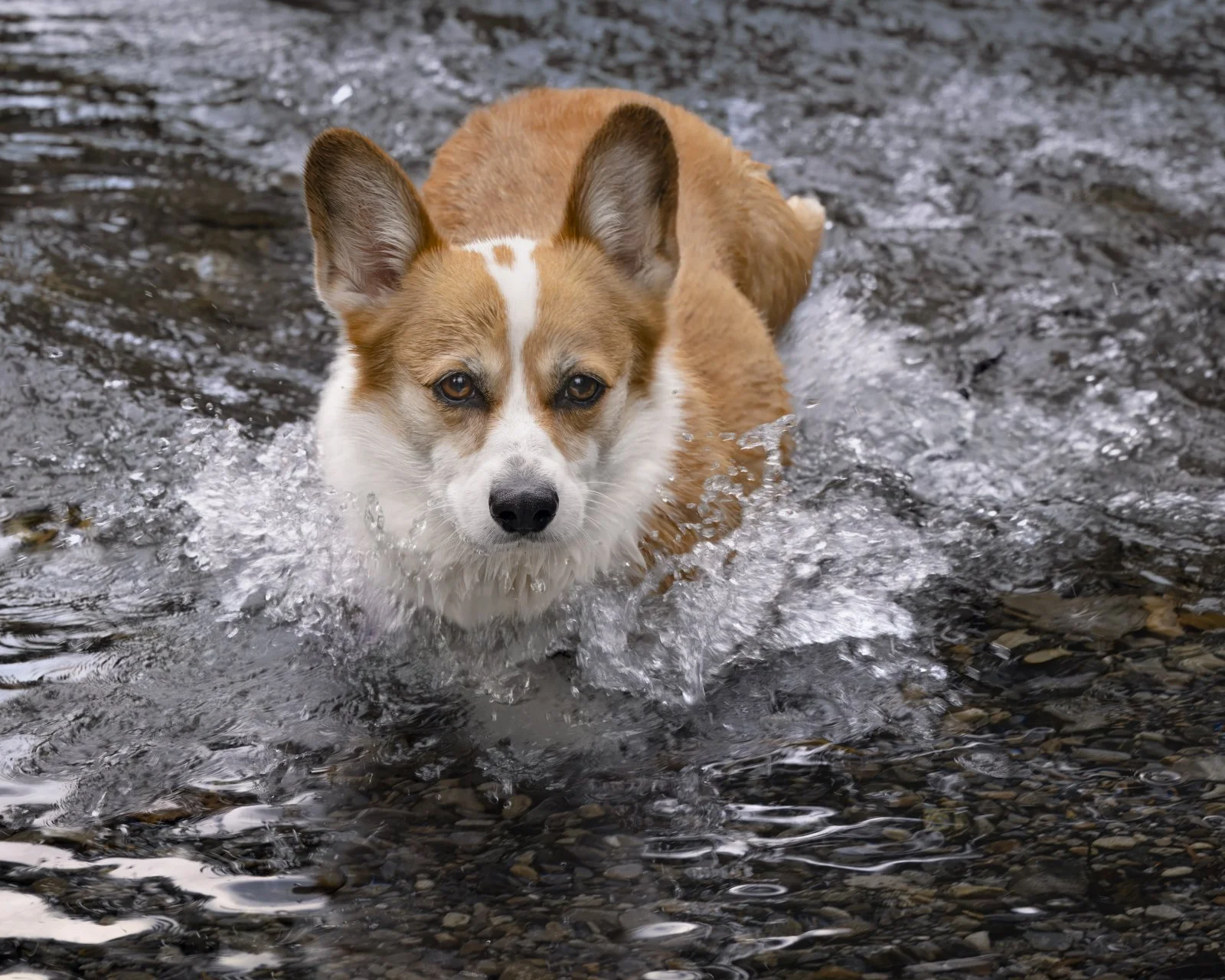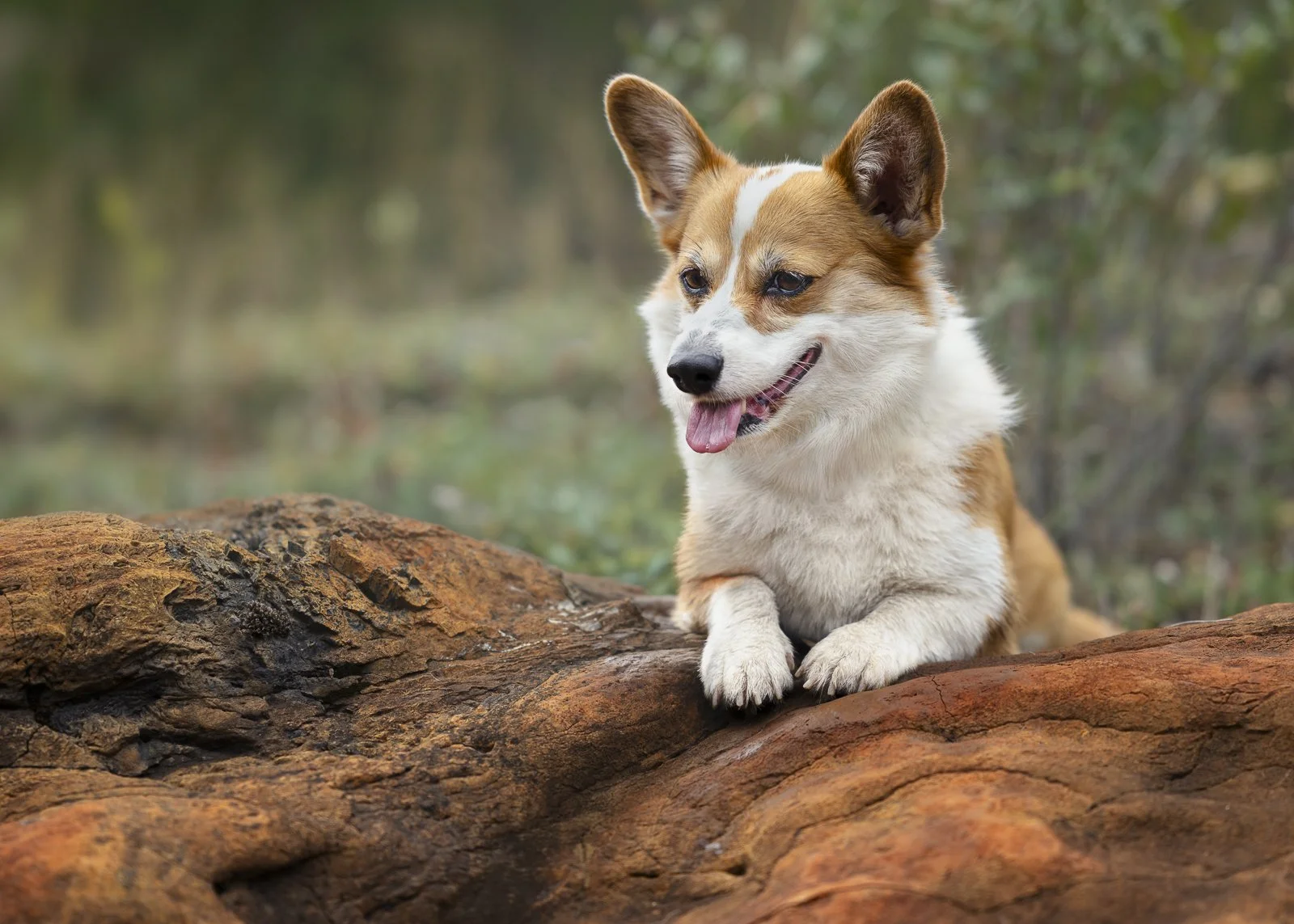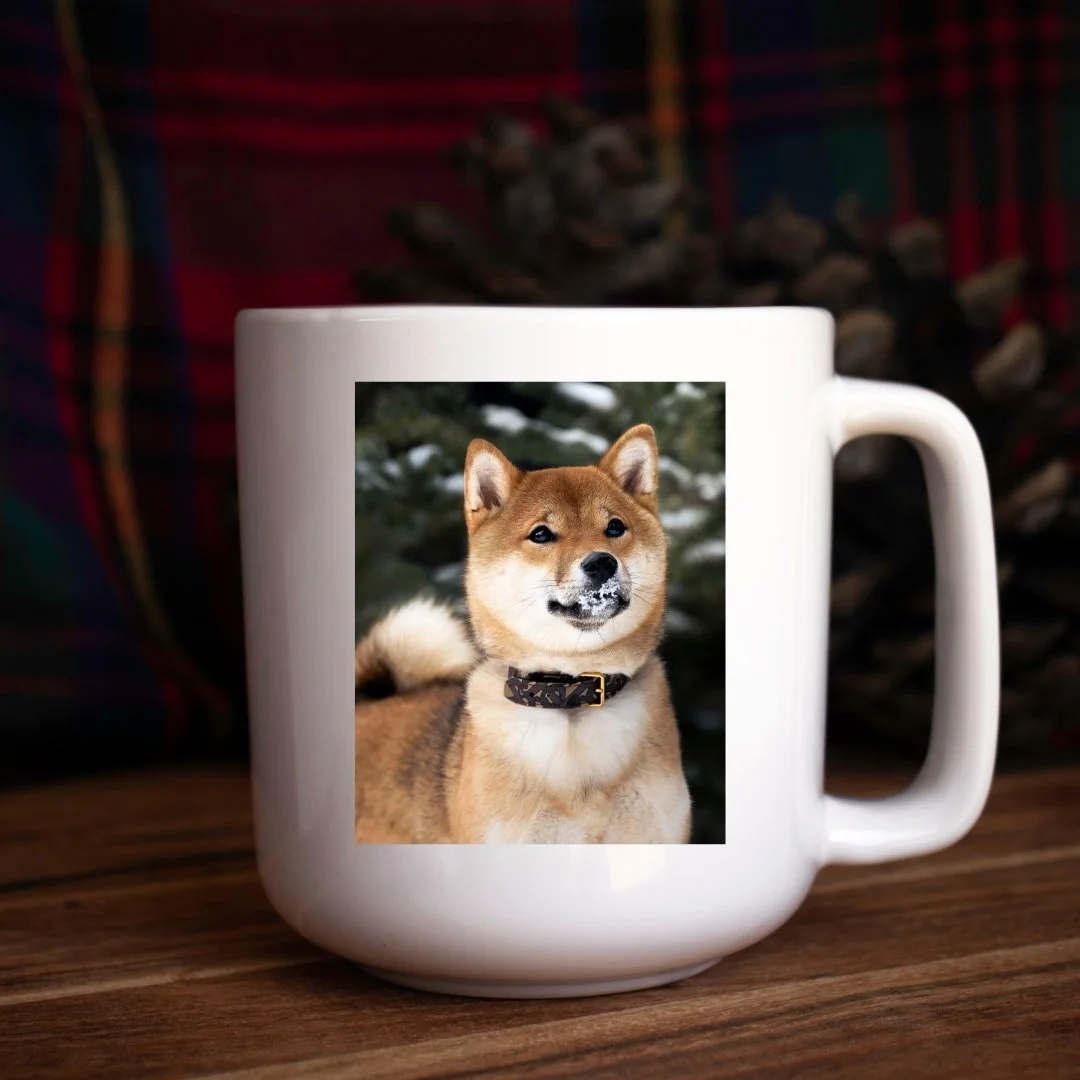your dog’s photo session digital images:
FILE FORMATS explained
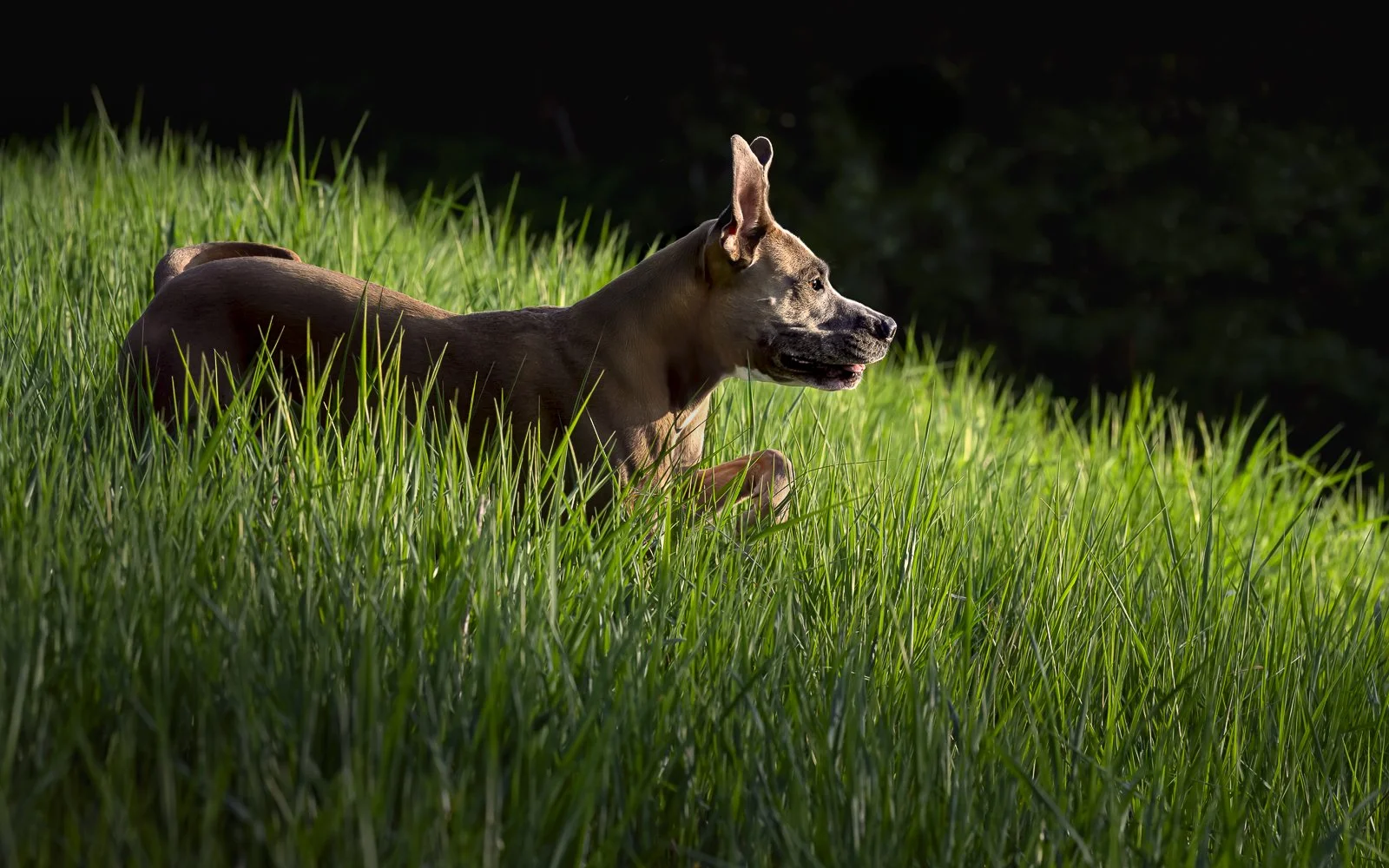
FROM RAW TO TIFF OR JPEG
RAW FILE FORMAT
Professional photographers shoot in a file format that captures the greatest detail and color quality that a camera can produce. A RAW image is a large, uncompressed file that contains all of the data captured by a camera sensor when the image is taken. This ensures that you get the best image quality possible from any camera on the market. Once we’ve processed the image, the extension on your file is TIFF, which means we have saved your image and all of the photoshop editing layers and processes that are part of photo enhancement.
These individual files are huge! They are stored on additional systems to accommodate all of the details in every photo.
Example: YOURDOG.TIFF
TIFF FILE FORMAT
TIFF files are used for printing on modern metal or on classic paper, as the greatest quality, definition and color can be enjoyed. This is assuming that only professional materials and processes are used to create your art.
Pro photographers never sell their RAW or TIFF files. TIFF files can be revised with further editing and processing if we want to control additional changes to the image.
Photographers also understand that all the data TIFF files contain can only be seen and enjoyed with the finest printing companies. Less expensive, low quality printing can ruin a photographer’s reputation.
Example of what a RAW file looks like, straight out of the camera
Example of what a TIFF file looks like, once editing and enhancement is done by your dog photographer
TIFF TO JPG
JPG files are a compressed format and the default for non-professional cameras and phone cameras. This format is also chosen by your photographer when converting images usable by the client. JPGs are best used for online displays, as in website viewing, Facebook or Instagram, digital picture frames or smaller prints. These files are significantly smaller file size than the TIFF format. Enlarging your image for wall art results in chunky edges, blurry fur, unnatural color and pixellation.
Once a JPG is created, it can no longer be converted back to TIFF.
Example: YOURDOG.JPG
USING JPG FILES
If you’re thinking of creating really fun, personalized items with your JPG digitals, the companies that create blankets, mugs, etc. require the JPG format.
When you take your USB-stored high-resolution digital JPG images in for enlarged mainstream photo processing (with lesser quality processes, dyes and materials) you lose out twice in quality, definition and color: once by using a compressed JPG file (with less information in the image) and again by companies that do not use the finest art printing capabilities and professional finishing. For speed and the “average” consumer, big businesses keep their printers on “auto color calibration” most of the time, which overrides any careful color calibration that your photographer has done for you.
WHAT AND WHO YOUR PHOTOGRAPHER KNOWS
Your dog’s photo session home art is best created by your photographer. We have the TIFF files that display your image in awesome color and detail that has not been compressed or altered. Your images begin their camera life optimized for all that lovely color and detail. The final step is showing all of that wonderful photography by only using professionals who we trust and who have built their business’ reputation with artists and the best photographers in the world.
